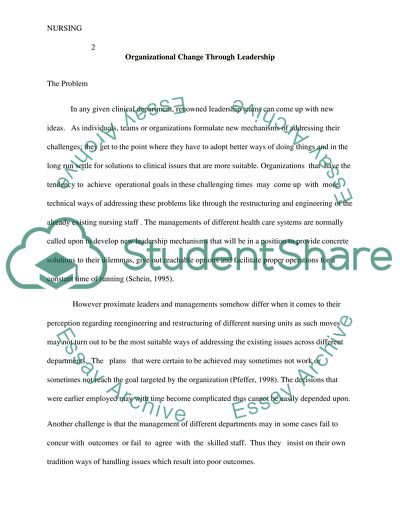Organizational Change Through Leadership Paper Assignment. Retrieved from https://studentshare.org/nursing/1466934-organizational-change-through-leadership-paper
Organizational Change Through Leadership Paper Assignment. https://studentshare.org/nursing/1466934-organizational-change-through-leadership-paper.


